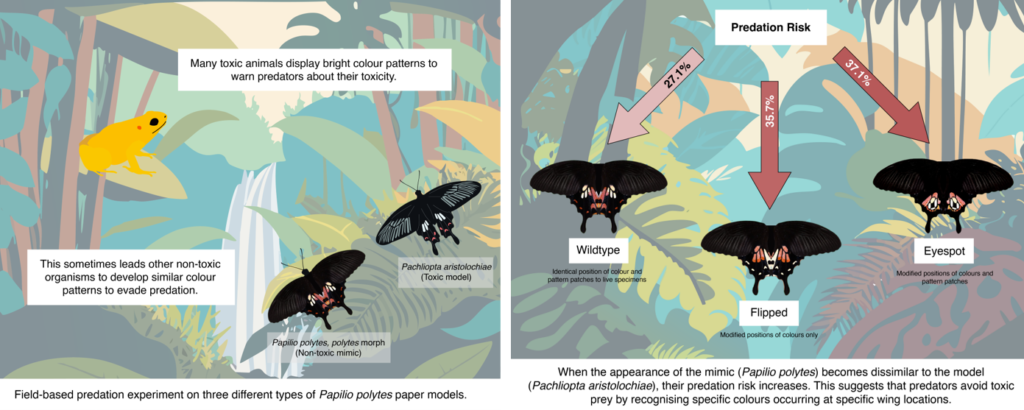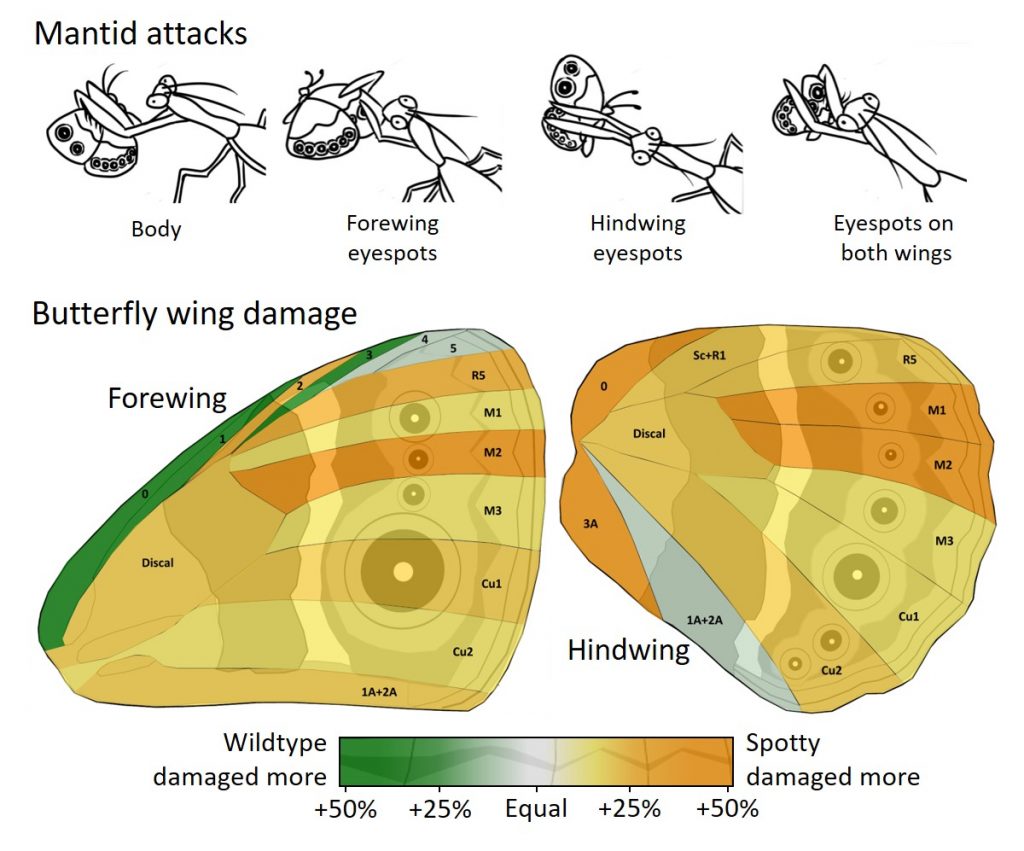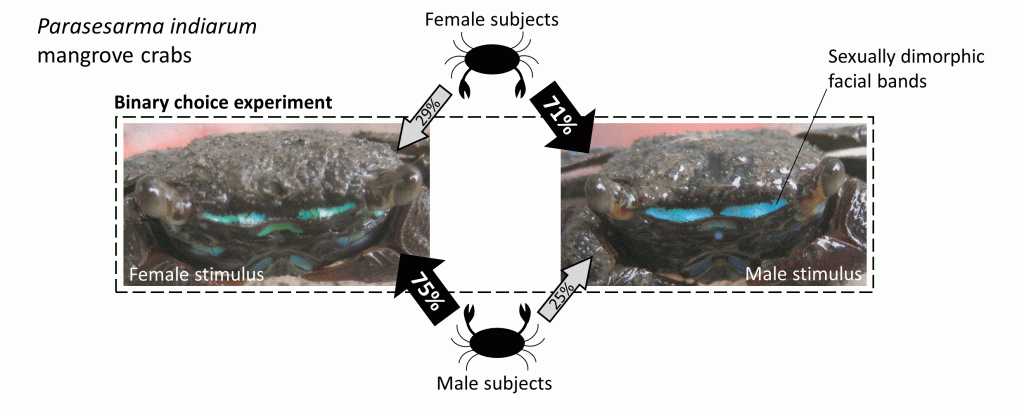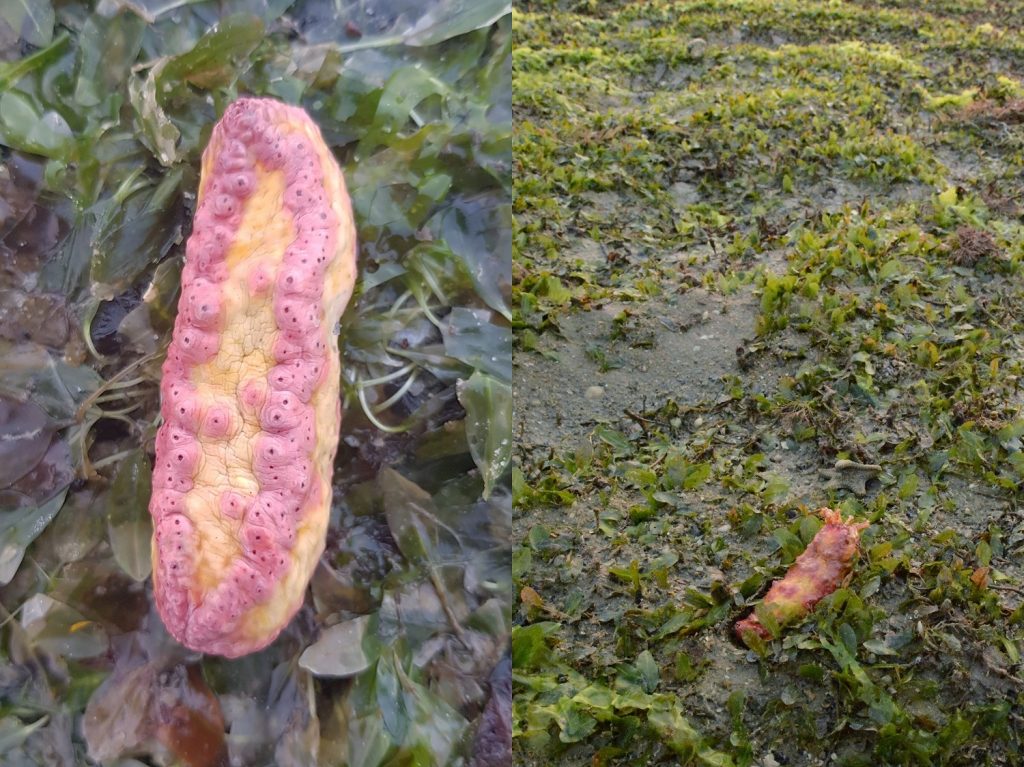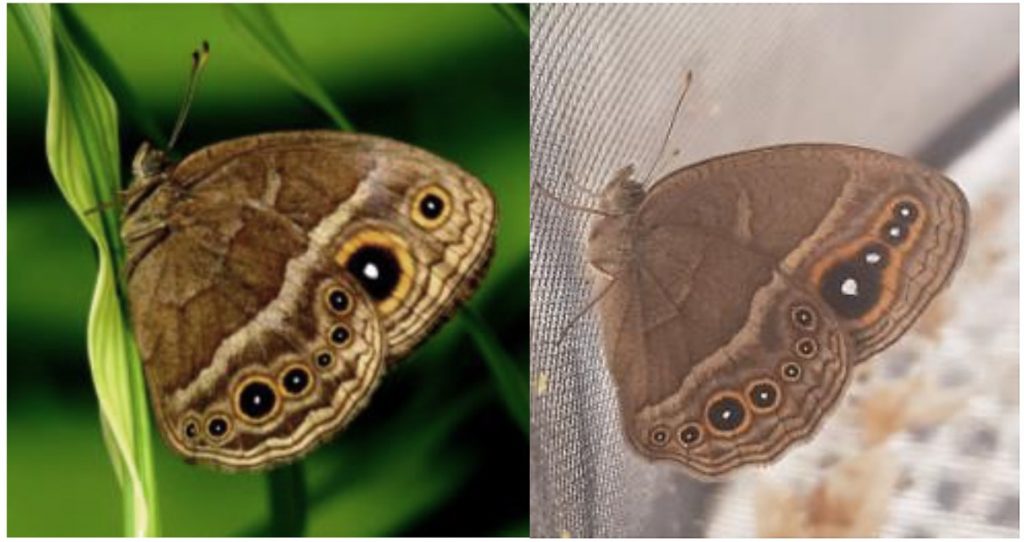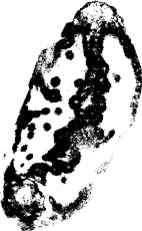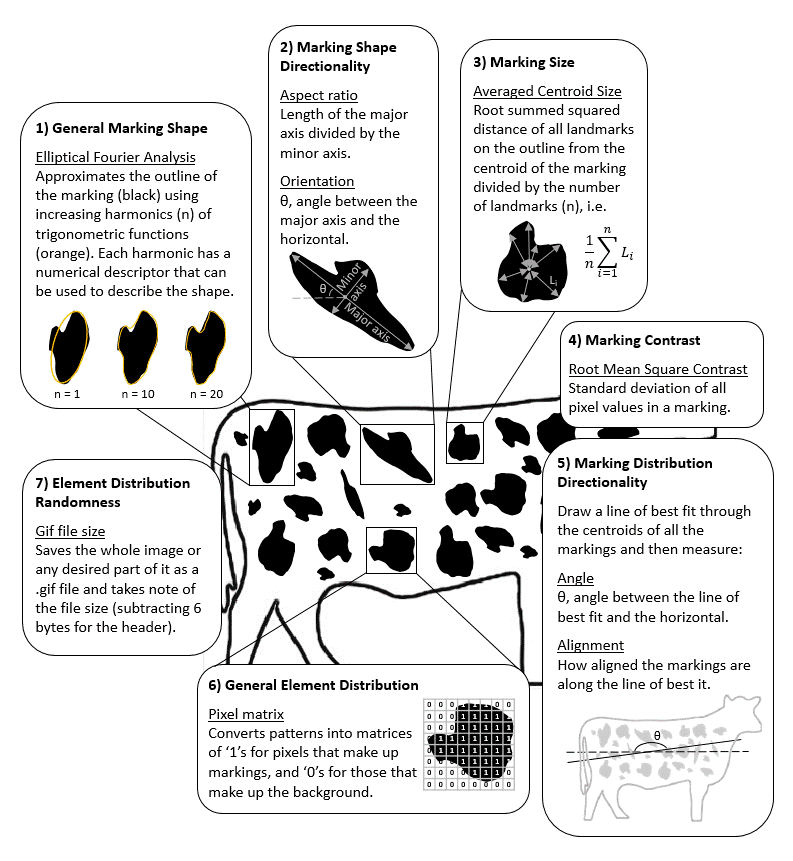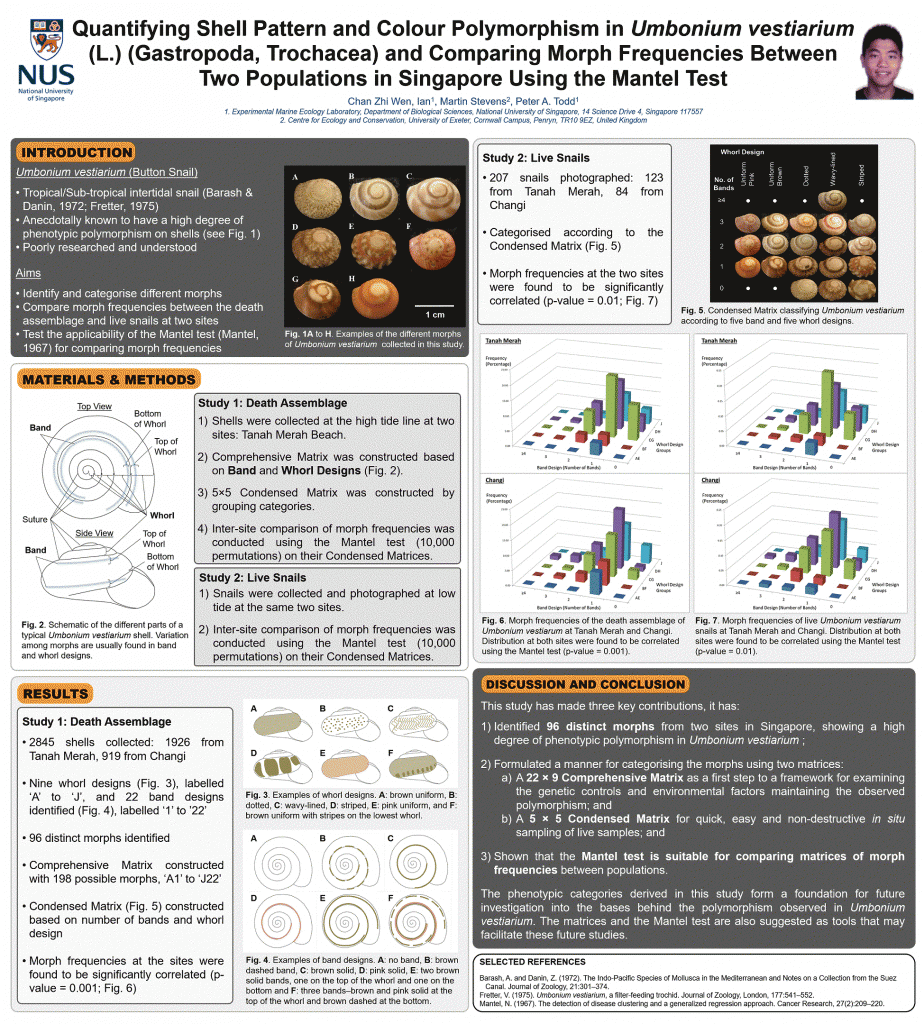News
Publication – Aposematic patterns in common mormon butterflies
Jun 2024
Congratulations to Huile who published her first paper!
This was a study she did during her UROPS about the how moving various colour patches around would affect the warning signal that is communicated to predators. The findings – the opposite of what Brodie found in his classic paper on coral snakes – are quite unexpected and very exciting indeed.
> Read Article (at the journal)
Farewell Gen and Kate-Lyn
Apr 2024
Done and dusted… Gen and Kate-Lyn have finished their research, handed in their reports, and delivered their presentations!
To the both of you:
Congratulations! I’m so very proud of what you both have accomplished. Onwards to bigger things!
They were the first batch of Honours students supervised solely by me, and the inaugural members of ABEL. (And also let me beat them at mahjong.) You will be missed….
Conference – HECC 2023, Singapore
7 Dec 2023
I shared my work on how creating groups with members who hold diverse and strong opinions eventually helps them to learn better in certain kinds of learning outcomes. This work is currently being submitted for publication and I’ll write more about it in future.
ABEL Retreat 2023
6 Dec 2023
The lab (all three of us) headed out to Chinatown for a scavenger hunt organised by Hidden Singapore. Amongst other things, we visited old Chinese teahouses and tried to be as posh as Prince Philip and Queen Elizabeth (who visited the same teahouse in 1989)! Along the way, we also managed to squeeze in research updates and a sharing about academic writing to prepare for the FYP submissions in a few months.

Finally, continuing the Chinatown theme in the evening, some mahjong was played before dinner and I’m sure there was no untoward giving-of-chance influencing the eventual winner of the game! =p
Animal Behaviour & Ecology Lab (ABEL) is born!
Aug 2023
Ladies and gentlemen, I introduce to you the Animal Behaviour & Ecology Lab at NUS, with my inaugural Honours students: Genevieve and Kate-Lyn! Gen will be working on enrichment for animals under human care and Kate-Lyn will be working on animal colour patterns. Looking forward to good science and good times ahead… Here’s to New Beginnings!
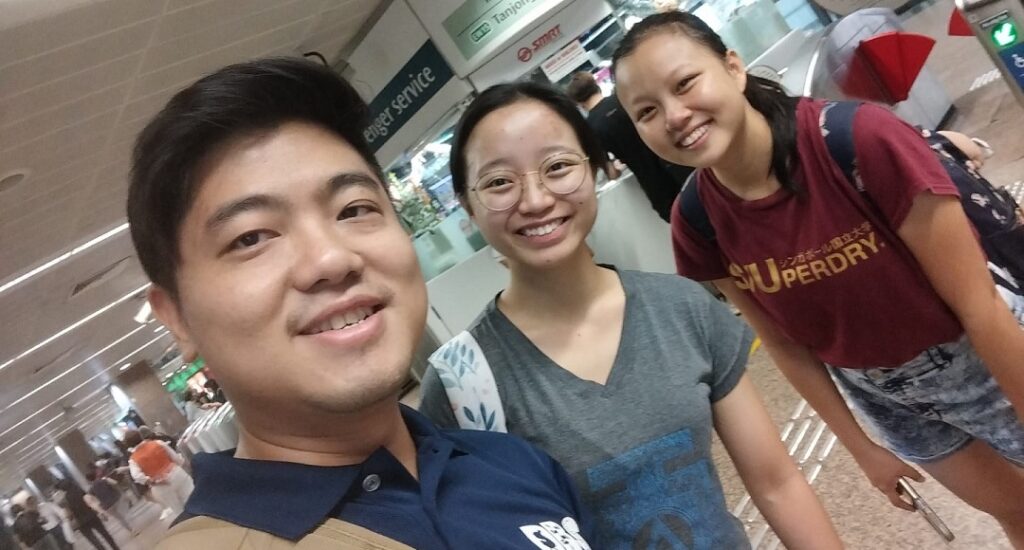
FAMOUS (sort of)
20 Jun 2021
Our article in Proceedings B was recently featured in an article on Straits Times – Singapore’s leading newspaper. Really honoured and huge shout outs to all my co-authors: Gowri, Yueying, Zhe Ching, Lin and (of course) Antonia!
Publication – in Proceedings of the Royal Society!
26 May 2021
With much happiness (and not a little bit of relief), our study on mantid predation has finally been published in Proceedings B. This is a really exciting milestone for me because the Royal Society has so much history with scientific luminaries such as Newton and Einstein!
Titled Predation favours Bicyclus anynana butterflies with fewer forewing eyespots, our study presents evidence that explains why many butterflies have fewer forewing than hindwing eyespots, as documented by Tokita et al. (2013).
We show that extra forewing eyespots cause mantid predators to attack butterflies differently, and that butterflies with more forewings eyespots die sooner, lay fewer eggs, and suffer more wing damage.
>Read Article (at the journal)
Conference – XXVI International Congress of Entomology, Helsinki, Finland
Jan 2021 (tentative date of conference: 17-22 Jul 2022)
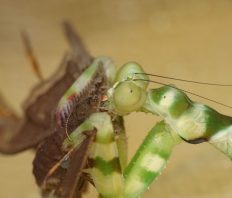 Mantid eating a butterfly (image courtesy of the very talented Tiffany Lum – check out her Flickr).
Mantid eating a butterfly (image courtesy of the very talented Tiffany Lum – check out her Flickr).
I have been accepted to give an oral presentation about some research on mantid predation on butterflies!
The studies, conducted by Ngan Zhe Ching, Lin Naing, Lee Yueying and V Gowri, looked at how the number of eyespots on the forewing affects predator behaviour and, in turn, the fitness of the butterfly. A sneak preview on the left…
Very excited to be presenting at this huge conference!
Update: Originally scheduled for July 2020, this conference was postponed to Jul 2021 and has now been further pushed back to Jul 2022 due to Covid. I hope it happens, would really love to see Finland!
Publication – Mangrove crab facial bands help mates to recognise each other
17 Mar 2020
Parasesarma indiarum mangrove crabs have brightly coloured facial bands with different colours in male and female crabs. These colours stand out from the mud and detritus on the mangrove floor and help potential mates to recognise one another.
How do we know this? Check out our new study!
> Read Article (at the journal)
Two studies published!
13 Dec 2019
Aposematism in sea cucumbers
Why do pink warty sea cucumbers look so outrageous? Is there a reason for their neon pinks and yellows? Yes, and it’s more complicated than one might think!
Our study on how the (slightly disgusting but mostly very cute looking) pink warty sea cucumber very cleverly keeps its predators at bay is out. Open access so everyone can read!
> Read Article (at the journal)
Attack deflection in butterflies
Many butterflies have pretty eyespots. We think that these may help to deflect predator attacks from vital structures (e.g. their heads) to less important areas (e.g. wing margins). What aspects of eyespots do this, however, is still up for debate.
Check out our new study on how the number of eyespots and UV reflectivity within them interact to deter predators. Also open access!
> Read Article (at the journal)
P.S. Congrats to my co-first author Zohara on her first paper!
Conference – BSGC2018, Bangkok, Thailand
18 to 20 Dec 2018
“Stepping into the Unknown”: three days of high quality science shared by PhD and Masters students from Chulalongkorn University (this year’s host), the National University of Singapore, the University of Malaya, University of the Philippines Manila, National Cheng Kung University and other institutions! A particular highlight were the keynote presentations by Prof Donald Quicke on Mimicry and Deception in Nature and Prof Suchana Apple Chavanich on the 1st Thai Arctic Expedition.
It was great to see many old friends (Prof Subha, Prof Noppadon, Prof Paul, Rachata and many of his team members from CU, Pravin and many of the guys from UM, Tzu Yu from NCKU, etc.), to have a little fun at the gala dinner (and in the wonderful city of Bangkok) and to win the Best Oral Presentation prize!
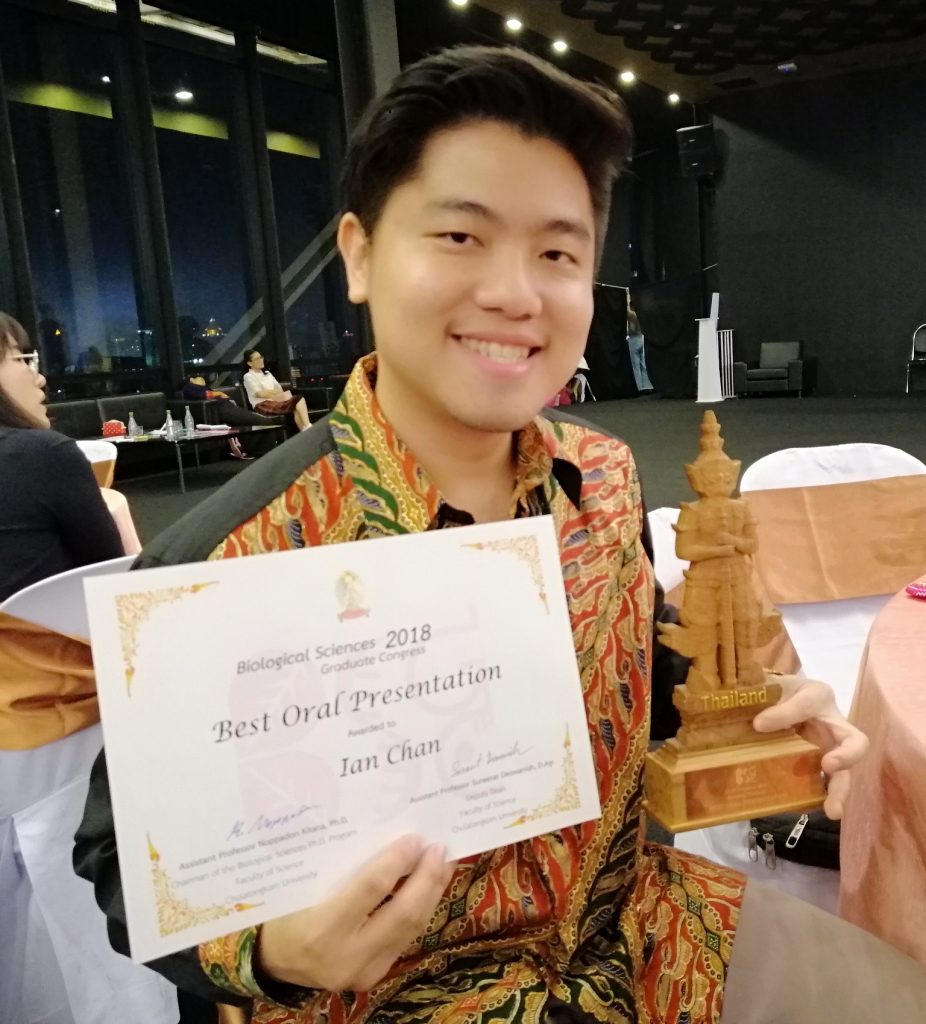
Grateful to have won the Best Oral Presentation prize at BSGC2018.
PAT-GEOM Published!
10 Dec 2018
PAT-GEOM has been published in the journal Methods in Ecology and Evolution!
The software helps researchers measure pattern properties in digital images of animal colour patterns such as the shape of giraffe spots or the “stripy-ness” of zebra stripes.
> Read about it! (Link to journal)
MPAP Reloaded (as PAT-GEOM)!
26 Mar 2018
MPAP (see previous post) has been re-christened PAT-GEOM, and I am currently in the process of trying to find a home for it in a respectable journal. As part of that, it is no longer available for download (hasn’t been for some time but I’m only just posting this update, sorry about that) but we’ll hopefully have good news by the middle of the year.
Stay tuned!
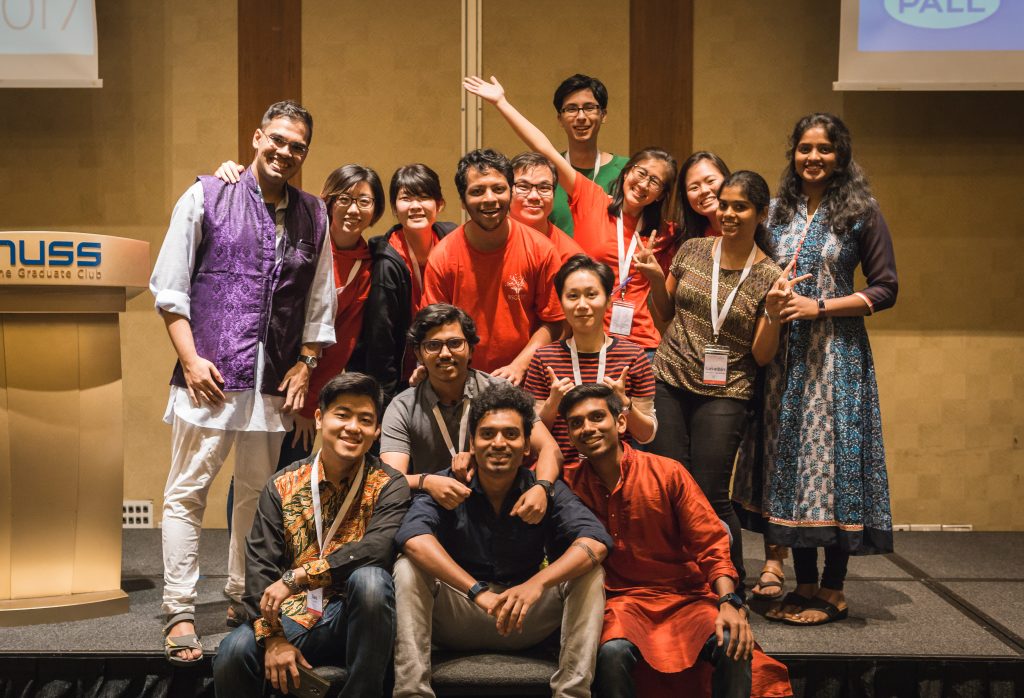 My committee members (left to right): (standing) Som, Ziyin, Wen Hui, Rohan, Jeremy, Shayon, Jun Yi, Jenny, Gaya, Sneha; (kneeling/sitting) Ian, Karthik, Vishal, Jiaxin, Aishwary; (not pictured) Wang Lu.
My committee members (left to right): (standing) Som, Ziyin, Wen Hui, Rohan, Jeremy, Shayon, Jun Yi, Jenny, Gaya, Sneha; (kneeling/sitting) Ian, Karthik, Vishal, Jiaxin, Aishwary; (not pictured) Wang Lu.
Conference – BSGC2017, Singapore
19 to 21 Dec 2016
Probably my proudest academic achievement to date: I was the Chairman of the organising committee for this year’s Biological Sciences Graduate Congress at the National University of Singapore. After months of sleepless nights, the conference was a resounding success with universally glowing feedback from close to 200 participants from 10 universities in 8 countries!
Kudos to my organising committee (see picture) and thanks to our staff advisors: Dr Huang Danwei, Dr Liou Yih Cherng and Ms Reena Devi. In the midst of all the busy-ness, I also managed to squeeze in a poster presentation on PAT-GEOM, the software package I wrote for quantifying animal colour pattern geometry. Encouragingly, there has been some interest from other researchers to use it for their work, so hopefully it will be published soon!
Morphological Pattern Analysis Package (MPAP) – Released!
30 Dec 2016
[Update: Mar 2018] MPAP is no longer available for download as we have renamed it and are trying to get it published (see post of 26 Mar 2018)!
The Morphological Pattern Analysis Package, or MPAP, is designed as a tool to help other researchers quantify morphological patterns. It allows users to measure seven different properties of patterns in a rigorous and quantitative manner, and can be applied to a diverse variety of different studies: e.g. quantifying the difference (or similarity) between an animal and its background, comparing the patterns on two different animals or populations of animals, analysing mimicry, tracing phylogenetic lineages, and even measuring chromosome shape/position at the cellular level.
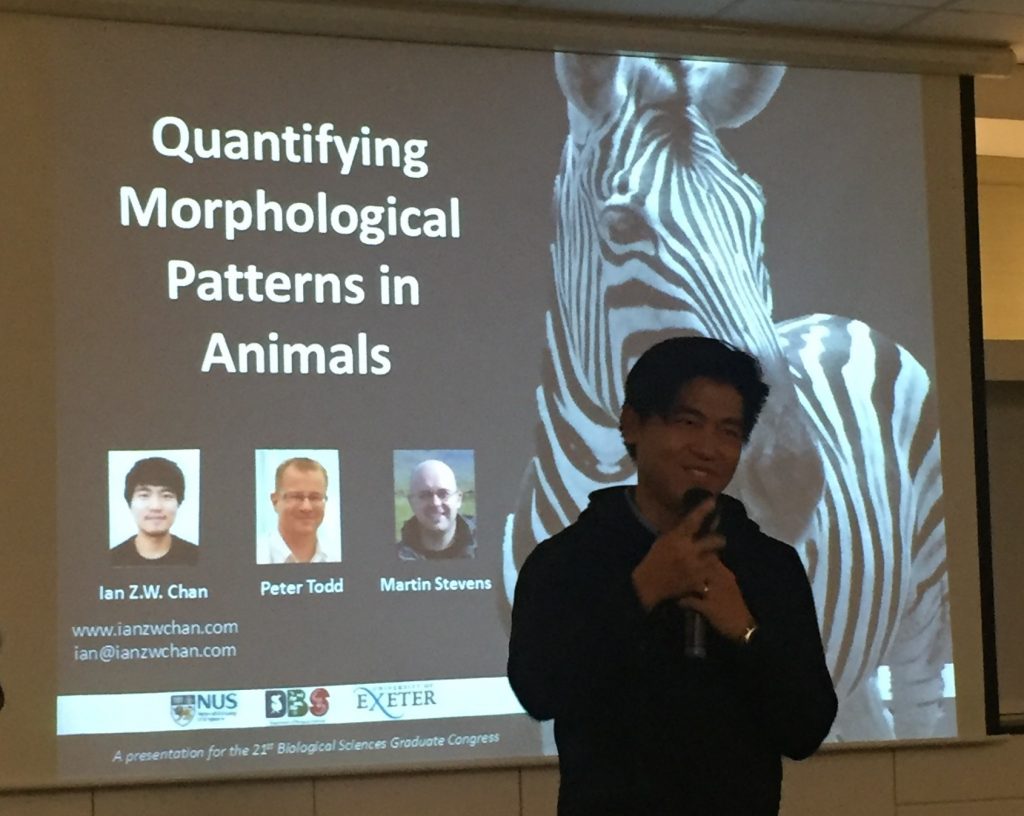 Delivering my oral presentation at BSGC 2016 in Kuala Lumpur. Many thanks to Ross for taking this photo.
Delivering my oral presentation at BSGC 2016 in Kuala Lumpur. Many thanks to Ross for taking this photo.
Conference – BSGC2016, Kuala Lumpur, Malaysia
15 to 17 Dec 2016
The annual Biological Sciences Graduate Congress was hosted by the University of Malaya this year. I was able to give an oral presentation entitled “Quantifying Morphological Patterns in Animals”, during which I shared my framework for quantifying animal morphological patterns, the Morphological Pattern Analysis Package (MPAP), with the participants.
The oral presentation was well received (winning 2nd place for best presentation in my category) but I am more excited by the high amount of interest expressed by my colleagues to use it in their own work! This will soon be possible as MPAP will be released within the next two weeks …
Conference – ISBE 2016, Exeter, UK
28 Jul to 5 Aug 2016
The International Society for Behavioural Ecology had its 16th (biennial) congress in Exeter University and I was fortunate enough to interact with many big names in the field, including Naomi Pierce (from Harvard University) and Roger Hanlon (of cuttlefish fame).
I also presented a poster titled “Quantifying Morphological Patterns in Animals”, covering my definition and (soon-to-be-released) framework for quantifying animal morphological patterns, tentatively called the Morphological Pattern Analysis Package (MPAP). It is currently in the final stages of debugging and should be available for download and use by the end of the year, so keep a lookout!
 It’s been 30 years since the first conference, hence the triple ‘X’s; no hanky panky involved.
It’s been 30 years since the first conference, hence the triple ‘X’s; no hanky panky involved.
Overseas Visit – Sensory Ecology & Evolution Laboratory (SEEL)
21 Jun to 13 Aug 2016
SEEL is headed by Dr Martin Stevens, a leader in the fields of sensory and behavioural ecology, and co-supervisor for my PhD, and situated in the University of Exeter (Falmouth Campus), UK. The month and a half spent there was extremely fruitful:
- Over 200 furrowed crab (Xantho hydrophilus) images collected were collected from various sites around Cornwall;
- Presented my framework at the ISBE Conference (see more on that in the next post).
Publication – Button snails & Mantel test
6 May 2016
My first paper published investigates the astounding polymorphism in button snails (Umbonium vestiarium) and comes up with a satisfactorily logical way of categorising them into 198 different morphotypes.
Also, the Mantel test was shown to be a very useful way of comparing morph frequencies between two sites; and can hence also be applied to compare population assemblages, species abundances, etc.
Download the paper HERE.
Overseas Visit – Sensory Ecology & Evolution Laboratory (SEEL), UK
29 Jun to 12 Aug 2015
My first visit to the lab of my co-supervisor, Dr Martin Stevens, to develop ideas for a definition and quantitative framework for animal morphological patterns and also to learn to use his photographic technique and computer program for rigorous digital image analysis.
Conference – BSGC2014, Singapore
12 to 14 Dec 2014
I gave an oral presentation on “Quantifying shell pattern and colour polymorphism in Umbonium vestiarium and comparing morph frequencies between two populations in Singapore using the Mantel test” at the 19th Biological Sciences Graduate Congress. The data presented has been submitted for publication and will hopefully be published soon. It was truly a day of many firsts: my first international scientific conference, first oral presentation at a conference, and first prize for best oral presentation.
Conference – Biodiversity Research Symposium, Singapore
24 May 2014
I gave a poster presentation on “Quantifying shell pattern and colour polymorphism in Umbonium vestiarium and comparing morph frequencies between two populations in Singapore using the Mantel test” at the Biodiversity Research Symposium, jointly organised by the Singapore government’s National Parks Board and the National University of Singapore.
Older Articles (none yet)
